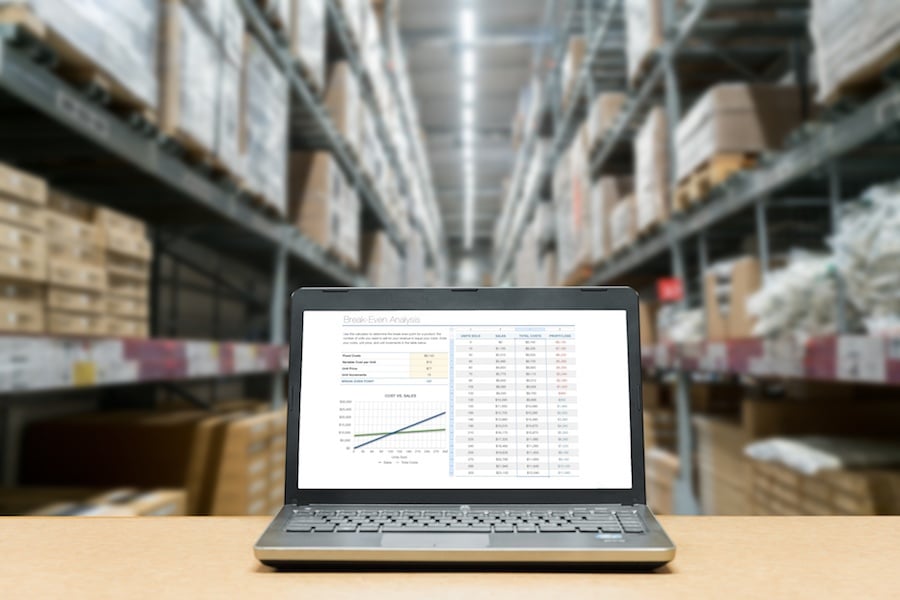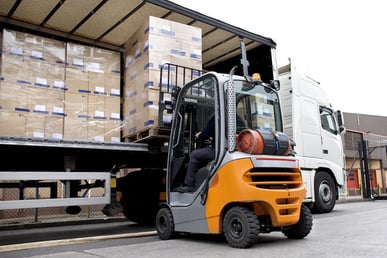
Whether you are publicly traded or privately held, every business is about obtaining results. If you do not know where you are and where you want to go, then you cannot develop a plan to get there.
In order to improve operations, improve shareholder return, and meet the expectations of the end-user we recommend establishing core operational metrics to observe daily, weekly, and monthly to make sure you are meeting customer expectations and providing an acceptable level of return. That is where key performance indicators (KPIs) come into play.
Establishing KPIs
The key to establishing supply chain KPIs is not to be overzealous—too much performance data can muddle your ability to apply it towards productivity gains or customer service improvements. You need to narrow down the KPIs that are most important to your business.
It’s a lot like flying an airplane. When a pilot gets into a cockpit, he is surrounded by dozens of gauges and buttons—but if you pressed him, he could instantly recite which five or six indicators are most important to maintain a safe flight and keep the plane in the air.
Pilots are humans, and humans cannot multitask despite what you might think or read. Even reviewing the five or six indicators might take some time before the pilot could again focus on the horizon.
The following KPIs reflect common industry practices and can help you measure your supply chain performance in a concise, balanced, and organized way.
1. Cost
We calculate cost per unit shipped by dividing total freight costs by number of units shipped per period. Cost is one of the main metrics of the supply chain and a key measure of efficiency.
2. Productivity 
This is units produced or handled per man-hour, or units produced or handled per labor hour. This metric should directly correlate with cost. For example, as your productivity goes up, your costs should come down. Those are intrinsically linked together.
3. Safety
Incident rate is the standard OSHA measurement. This metric is used to compare your company’s safety performance against a national or state average using the number of work-related injuries or illnesses measured against the number of hours all employees actually worked.
4. Quality
On the warehouse level, a quality measurement in order pick accuracy will make sure you are effectively able to pull items from inventory to fill a customer order quickly and without error. Other quality measures such as parts per million defection (PPM) or perfect order index (POI) can be used to measure quality levels.
5. Service
Customers expect on-time delivery and shipments. An on-time shipment is one that is off the dock and in-transit as scheduled. Service metrics calculate the percentage of deliveries and shipments that meet expectations to help you see where you can improve by way of warehouse and transport.
6. Morale
The morale of your organization can be tracked numerically with the annualized turnover rate or the Gallup engagement index. “Engaged” employees are those involved in, enthusiastic about and committed to their work and workplace—and engagement statistics can predict important organizational performance outcomes.
No single KPI is more important than others. Focusing solely on quality, for example, may meet the quality expectations of the end user and end customer—but what happens to your cost? Each measurement should balance so no one metric drives another in the wrong direction.
Measuring KPIs
How often should you review the data collected on these six key supply chain KPIs? If you only analyze it monthly, it’s like running the business looking in a rear view mirror. This is a lagging indicator, because it is too reactive. By moving your measurement process down to the hourly level, you have time to effect change by the end of the day.
For KPIs that are more difficult to review hourly, establish sub-KPIs to help drive the upper level KPI measure. For example, safety is typically measured on a monthly basis by incident rate, but you can measure near misses on an hourly or daily level. If the number of near misses goes up during a given hour, it is probably going to have a negative impact on your monthly incident rate score. You can affect change on those near misses right away to guarantee your monthly incident rate score is going to be positive.
To Sum It All Up
Tracking KPIs is like keeping a running scorecard that allows you to be hands-on in achieving progress toward your strategic objectives. Don’t be impressed by businesses that establish dashboards with 30 plus KPI’s as they have no chance to apply them. By responding proactively to the metrics at hand, you will stay on track to meet those business goals.
If you'd like to learn more about current insights into the warehousing industry, download the free 2018 WERC DC Measures Report.



